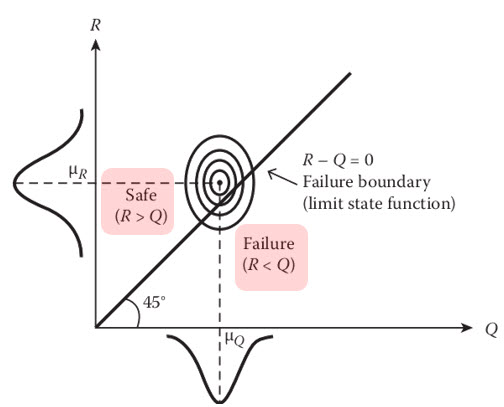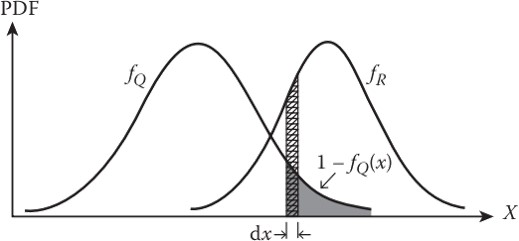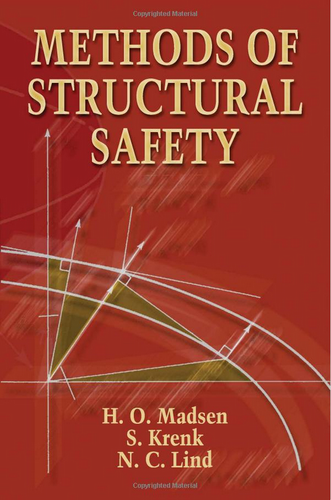Structural Reliability

This course attempts to answer the following questions:
How can we measure the safety of structures?
Safety can be measured in terms of reliabilityor the probability of uninterrupted operation.
The complementto reliability is the probability of failure.
How safe is safe enough?
As mentioned earlier, it is impossibleto have an absolutely safe structure.
Every structure has a certain nonzero probability of failure.
Conceptually, we can design the structure to reduce the probability of failure, but increasing the safety(or reducing the probability of failure) beyond a certain optimum level is not always economical.
This optimum safety level has to be determined.
How does a designer implement the optimum safety level?
Once the optimum safety level is determined, appropriate design provisions must be established so that structures will be designed accordingly.
Implementation of the target reliability can be accomplished through the development of probability-based design codes.


Textbook



